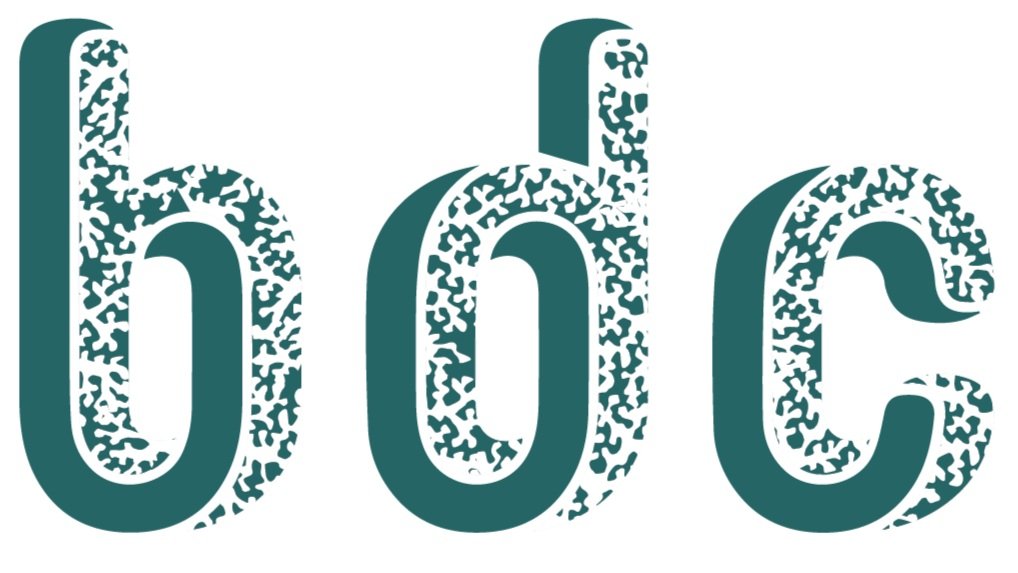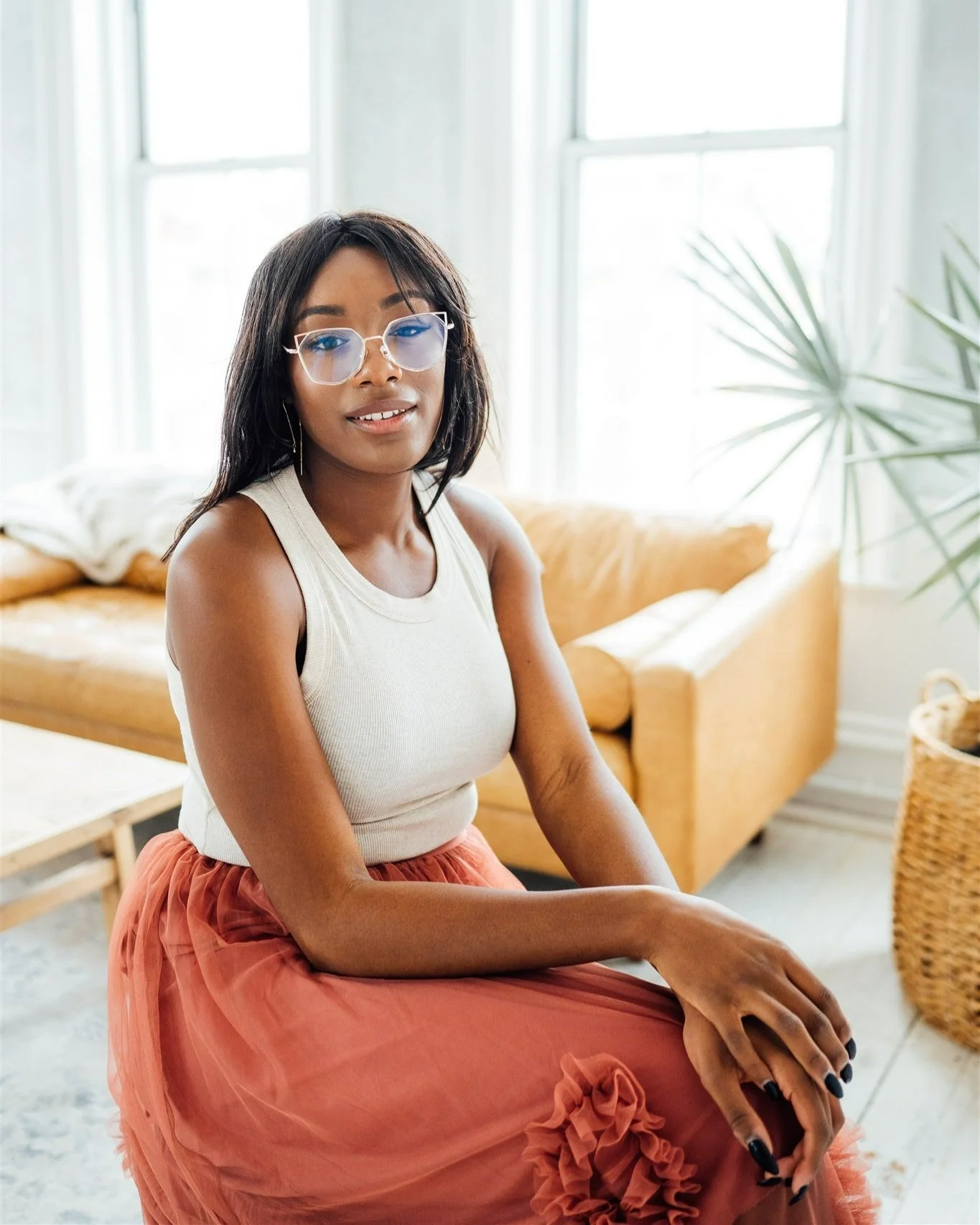Tosin Odugbemi, BDC 2019, University of British Columbia
Tosin is a visual brand strategist, founder of the design agency Atelier Oluwatosin, and an academic. She is currently a final year Master of Architecture student at the Harvard Graduate School of Design and an alumni of the University of British Columbia. Her creative work is informed by research in psychology, behavioral economics, marketing theory, and art history. She has a particular interest in social responsibility and ethics in marketing and has carried that as a pillar in her work through the academy and professionally.
How do you describe your design practice and what factors have influenced your practice up to now?
My design path has been an ongoing journey of defining my identity and intentions. I grew up in a rural, snowy Canadian suburb where I attended small local schools. I developed a love for art, music, and dance as a young child, and I was sure by my teens that I wanted to incorporate creativity into my future career. In high school I was encouraged by teachers and family to pursue my talent for design and take advanced fine arts classes. Since then, I have committed a large part of my life to studying how to communicate an intention through beautiful visuals. Today, my design practice feels like an exercise in empathy and activism. It is just as much a research endeavor as it is a creative one.
Did your experience with BDC inform the way you design today? Or did you have any “discovery” moments while going through the Biodesign Challenge?
The Biodesign Challenge was one of my first experiences collaborating with academics outside of my field. I come from a deeply creative background, and there were members of my team that are scientists through and through. These disparate worldviews fostered a very productive working environment. Experiencing first-hand the combination of our unique skillsets to achieve a common goal impacted how I continue to search for collaborators today. I learned that the strength of a project is often determined by the diversity of minds that worked on it.
Can you describe your BDC project Cellulo-City? What were the sources of inspiration that led you and your team to your project idea?
The idea for Cellulo-City came from some of our team members’ architectural backgrounds. We noticed how much waste is involved in building processes, particularly for façades which are often wrapped in plastic as a temporary seal. From this realization, we asked ourselves how we could transform plastic to become not only a more sustainable, but also a better performing material. We looked beyond architecture to address issues like food packaging. This expansion prompted us to ask if the packaging could indicate safe handling. The resulting project, Cellulo-City, proposes cellulose-based wraps, sheets, and films that can indicate temperature changes, tampering, spoilage, and when packages should be composted.
In your own words, how do you define biodesign as a field and a discipline?
The biodesign discipline is a beautiful confluence of what already is and what could be. Through careful study of nature, biology, and the world around us we can start to ideate on artistic solutions to contemporary issues.
Is there one value that you continuously prioritize in your design practice? How does this manifest in your projects?
A value that is core to all of my work is empathy. This presents itself as multi-layered, through concept, color, composition, and copywriting within each project. I strive to design in a way that is thoughtful, deeply considering the needs of my clients and the viewer or user of the project. Additionally, much of my work deals with difficult subject matter such as equity, racial justice, and feminism. Design has the power to make tough messages palatable, fostering kinship, sensitivity, and understanding within groups that may have not been successfully communicated with before.
Do you have any advice for future BDC students or teams?
Enjoy the process! My team and I had so much fun connecting, learning, and growing in friendship while we worked on our project. Personally, the most wonderful takeaway were the memories and connections I gained through participation in this challenge.



